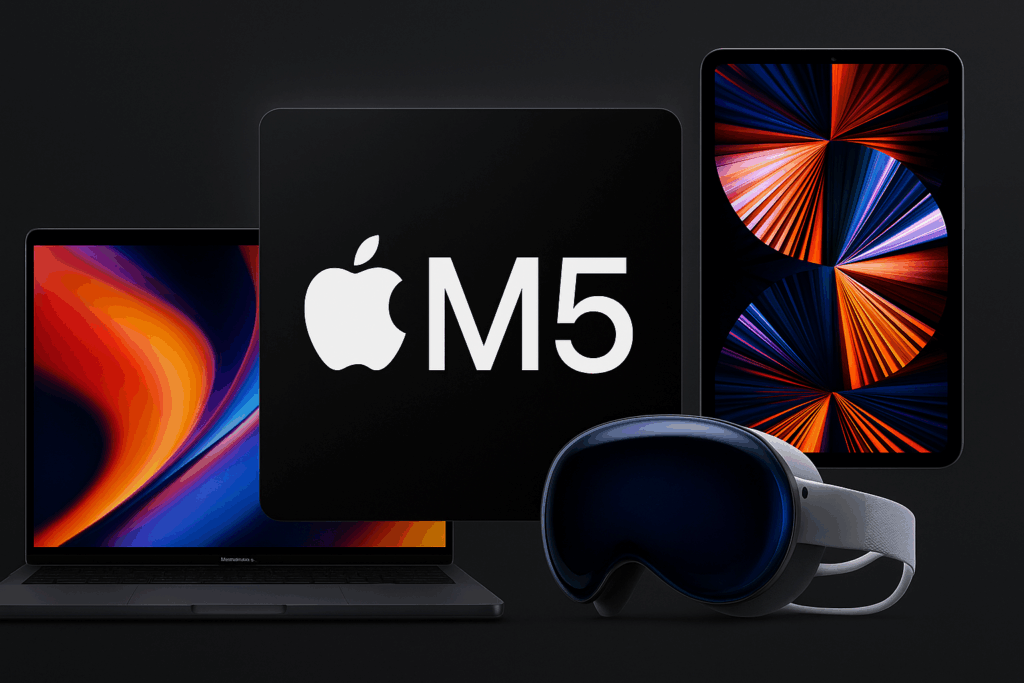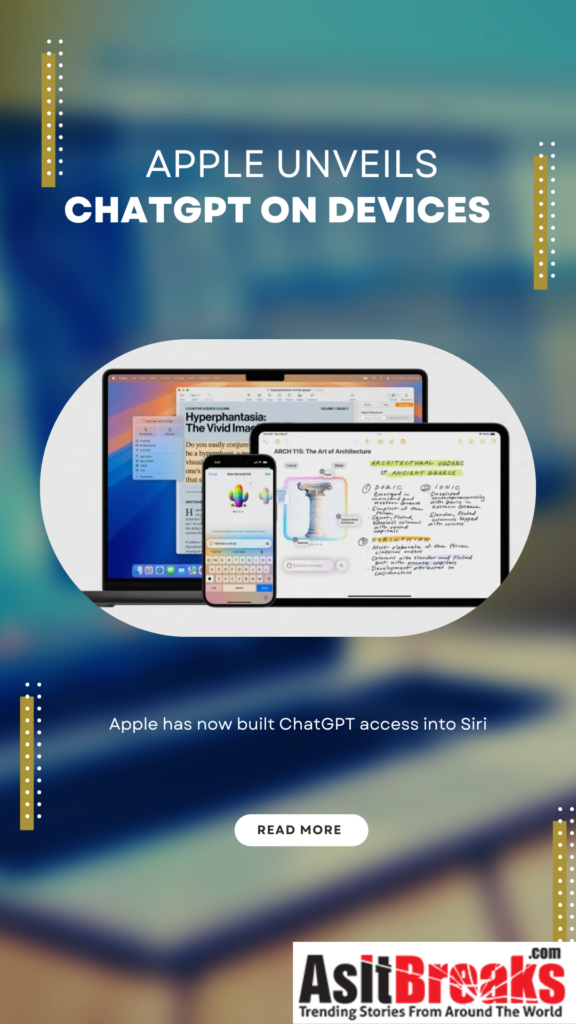Apple unveiled its M5 processor on Wednesday, powering its new MacBook Pro, iPad Pro, and Vision Pro models. The timing, just ahead of the holiday season, is intended to reinvigorate Apple’s less dominant product lines.
Preorders are open now, with availability on Oct. 22 in most markets. The 14-inch MacBook Pro starts at $1,599, the 11-inch iPad Pro at $999, and the Vision Pro headset, now with a Dual Knit Band, stays at $3,499. Apple’s decision to keep prices steady despite hardware improvements suggests it is absorbing costs rather than passing them on to customers.
The refresh centers on the M5, which Apple says “ushers in the next big leap in AI performance.” According to Apple, the chip features an upgraded CPU and a 10-core GPU, each core equipped with neural accelerators. The company claims four times the peak GPU compute of M4, six times that of M1, 35% faster graphics than M4, 2.5× M1’s graphics, and 15% better multithreaded CPU performance than M4.
Apple claims 3.5× better AI performance in its new systems compared to M4-based machines. For MacBook Pro, improvements include 153 GB/s of memory bandwidth (up from 120 GB/s), faster storage I/O, and battery life up to 24 hours for the 14-inch model—matching previous endurance claims.
On the iPad side, the M5 appears more transformative. The 11-inch and 13-inch models now support up to 16 GB of faster memory, though base units ship with 12 GB and 256 GB of storage.
Apple also introduces a C1X modem and N1 wireless chip — the former delivering up to 50% faster cellular speeds, and the latter enabling Wi-Fi 7, Bluetooth improvements, and Thread support. Physically, however, the tablet retains the familiar silhouette; there’s no external redesign to accompany the internal overhaul.
The Vision Pro upgrade signals Apple’s continued bet in spatial computing. With M5, the headset can render 10% more pixels, support 120 Hz refresh, and accelerate AI features by up to 50%.
Battery life is modestly improved, to 2.5 hours of general use and 3 hours of video playback. The Dual Knit Band is a design touch intended to improve fit and comfort, and Apple retains the $3,499 price point.
These upgrades come amid competition, as Microsoft and others push AI-capable PCs. Apple aims to make MacBooks and iPads faster and more AI-capable. Still, upgrading from recent models, especially M4 ones, may not strongly appeal to all users.
The stakes are high for Apple’s non-iPhone divisions. Mac and iPad revenue pales in comparison to the iPhone’s dominance: in 2024, Mac sales generated $29.98 billion, and iPad sales reached $26.69 billion.
By contrast, the iPhone brought in $201.18 billion, and services brought in $96.17 billion. Even so, the MacBook and iPad carry symbolic weight in creative and professional communities.
Analysts are watching consumer response closely. The December quarter is Apple’s largest sales period, and the company is relying on new hardware and steady iPhone 17 demand for momentum. Whether M5 brings noticeable gains in real-world tasks or merely incremental improvements will influence Apple’s reach beyond smartphones.


